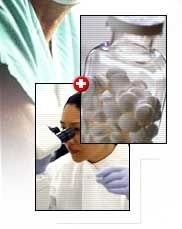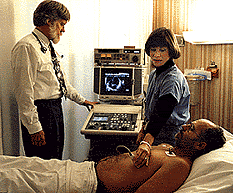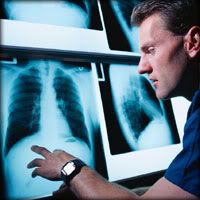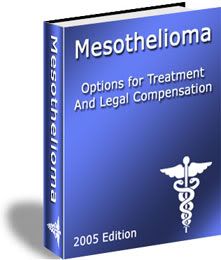Repair of sternal dehiscence after bilateral lung transplantation.
Bilateral lung transplantation (BLT) is an accepted treatment for a variety of end-stage pulmonary conditions. The inframammary approach via an anterior thoracotomy and transverse sternotomy, the so-called “clam-shell” incision (CSI), is considered a preferable method for BLT owing to adequate exposure of pleural cavities, hila, and heart. The CSI is also used for heart-lung transplantation, bilateral pulmonary metastasectomy, and surgery for congenital cardiac disease.
Transplant recipients carry a variety of comorbidities that could lead to dehiscence, nonunion, or malunion after sternotomy. Although the terms are overlapping, “sternal dehiscence” (SDH) is defined as total disruption of surgical sutures with or without wound infection. It is also a clinical term used to describe pain, clicking sensation, and instability of the sternum. “Nonunion” is defined as a persistent sternal fracture at least 3 months after surgery or 6 months after trauma without signs of healing or infection. Deformed or angled healing of the sternum is referred to as “malunion,” which can lead to chest wall disfigurement and pulmonary restriction, depending on its severity. Nonunion, malunion, wound infection, and/or broken fixation wires can precede SDH. These complications cause significant morbidity and mortality with reported rates of 34% and 26%, respectively.
Discussion
Nonunion, malunion, pseudoarthrosis, or avascular necrosis of the sternotomy site causing SDH are some of the potential complications that lead to lower forced vital capacity and forced expiratory volume in 1 second after BLT. Improper healing of the CSI can lead to significant morbidity, particularly after BLT. Clinical signs can be easily recognized, including chest instability with movement or cough.
SDH can also lead to prolonged need for ventilatory support, mediastinitis, osteomyelitis, and even death (10%-40%). Treatment options are usually surgical, including debridement and fixation with muscle flaps, plates with screws, or cannulated screws with wire. These techniques should be performed in the early postoperative period (4–6 weeks) to prevent mediastinitis, respiratory failure, or bone or tissue destruction.
Lung transplant recipients are at further risk of this complication owing to the potential for prolonged pump time, ventilatory time, and low cardiac output. Prior harvesting of the internal thoracic artery for coronary grafting, radiation therapy, and cardiac massage add to the risk of SDH. Obesity can increase chest wall pressure against suture lines. Our patient had prior steroid use, newly diagnosed diabetes, and obesity contributing to this complication.
In summary, sternal complications are seen in BLT patients in whom the sternum is divided. When chest wall instability exists, reoperation is mandatory. Delay can cause further respiratory embarrassment and make the repair more difficult as the chest wall becomes less mobile. The strategy of surgical repair must focus on both a careful pericostal closure and stabilization of the sternum.




0 Comments:
Post a Comment
<< Home